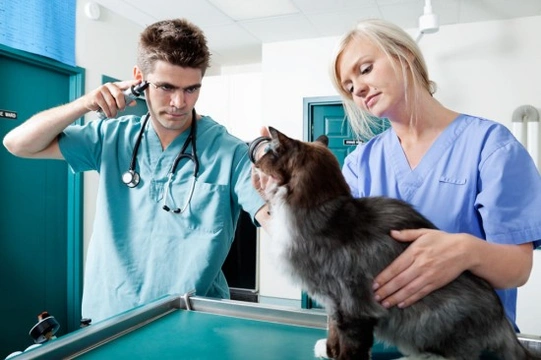
Seizures and Epilepsy in Cats: Causes and Care
Introduction to Seizures and Epilepsy in Cats
Seizures, or fits, in cats occur due to sudden disturbances in brain function. While only around 1% of cats develop epilepsy—repeated seizures from a neurological disorder—understanding this condition is vital for providing proper care. Early recognition and calm management can help your cat lead a good quality life despite the challenges of epilepsy.
Recognising the Types of Seizures
Epileptic seizures in cats come in three main forms, each varying in severity and symptoms. The mildest is the partial seizure (Petit Mal), lasting less than a minute, where the cat may seem vacant, shake a paw, or cry out quietly. Kittens can be affected as well as adult cats.
The most common form is the partial seizure (Grand Mal), which may last up to five minutes. During this type, a cat loses bodily control, paddling their paws as if swimming, often accompanied by vocalisation and possible foaming at the mouth. This form can be distressing but often manageable with veterinary care.
The rarest and most dangerous is the generalised seizure (Status Epilepticus). This lasts longer and can lead to consecutive seizures without recovery in between, risking permanent brain damage or death unless emergency veterinary help is sought immediately.
Causes of Seizures and When to Take Action
Seizures can arise from numerous causes, not all related to epilepsy. They may result from intracranial issues like brain tumours, infections or trauma, or extracranial causes such as poisoning, metabolic imbalances, or exposure to toxins. Because of this, it is essential to take your cat to the vet at the first seizure.
Helpful information includes any videos of the seizure, your cat’s usual reactions to stress, eating habits, and exposure to potential toxins. A vet may perform neurological tests or even brain scans to determine the underlying issue. These investigations can be costly, so having pet insurance is highly recommended to ensure access to necessary care without financial strain.
How to Safely Care for a Cat During a Seizure
If your cat begins to seize, stay calm and ensure the environment is safe—remove sharp objects and prevent falls but avoid restraining or moving your cat unless absolutely necessary. Keep the area quiet and explain to children to give the cat space and silence to help recovery.
After a seizure, a cat may seem disoriented or lethargic. Monitor them closely and avoid stressful interactions as they recover.
Medical Treatment and Long-Term Management
If seizures are frequent, your veterinarian may recommend antiepileptic medication. Treatment often requires patience and adherence to veterinary instructions since stopping medication suddenly can provoke further seizures. Side effects may occur, so detailed monitoring of your cat’s response is important.
Regular blood tests every six to twelve months help monitor medication effects. If a cat remains seizure-free for about a year, a vet might suggest gradually weaning off drugs, but only under professional supervision.
Conclusion: Prioritising Your Cat’s Health and Wellbeing
Epilepsy in cats, though serious, can often be managed effectively if diagnosed early and treated responsibly. Keeping calm during seizures, seeking veterinary advice promptly, and complying with treatment plans will help your cat maintain a good quality of life.
Remember, seizures are not always epilepsy but can signal a range of health issues needing professional diagnosis. Supporting your cat with love and expert care is the best way to help them through these challenges.



